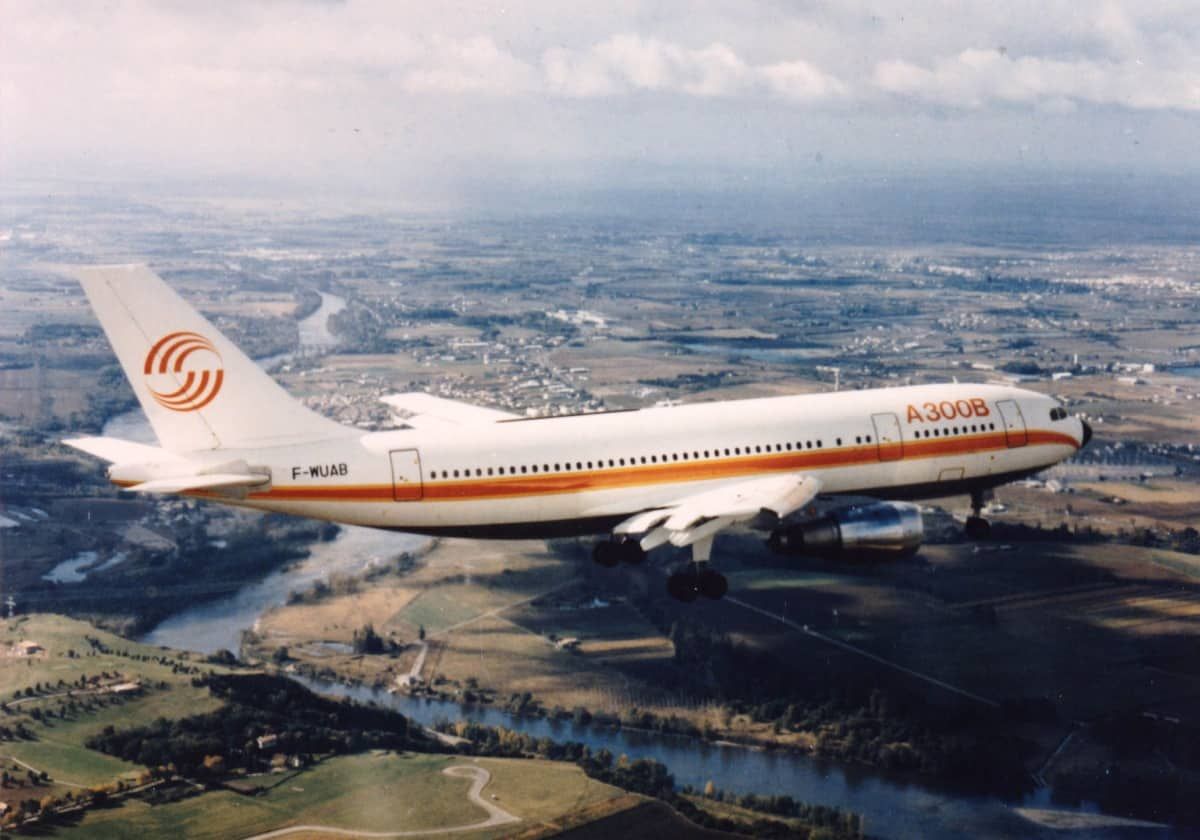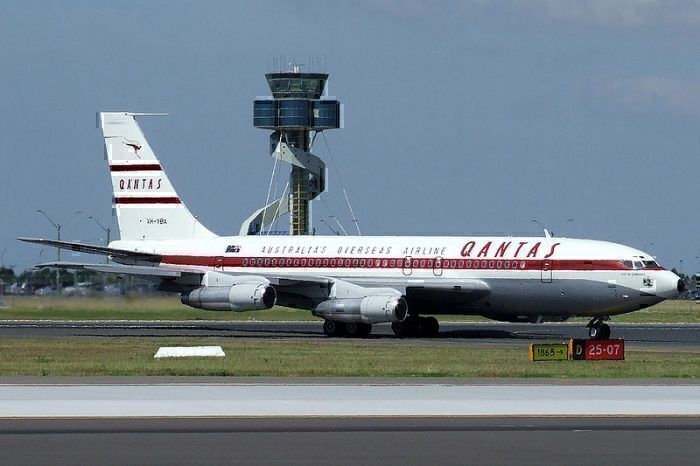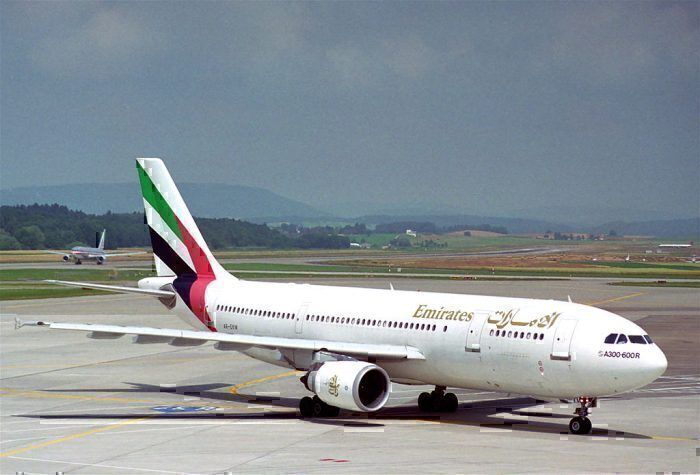The Airbus A300 was the first official Airbus aircraft built. But why did Airbus choose the name A300 for its first aircraft and not a title like the 'de Havilland Comet' or the Concorde, or even start its series at '001'?
What does the A stand for in A300?
To begin with, we need to retread on the topic of what the A stands for in Airbus A300. The A means Airbus.
You can read about the way Airbus names its aircraft in this article's companion piece.
The 300 refers to the proposed passenger capacity of the aircraft. Three hundred passengers. But keen readers will know that the original A300 didn't actually carry 300 passengers, but 250. Why?
Stay informed: Sign up for our daily aviation news digest.
Why would the A300 carry less than 300 passengers?
This story began back at Airbus in May 1969. Airbus was facing criticism that its first aircraft, always planned to be a twin-engined plane, would not be powerful enough or safe enough to make ocean voyages.
At the time, aircraft either had four engines like the Boeing 707 or three engines like the Lockheed L-1011 TriStar. For the big three hundred seater A300 design to work, the plane would need to have powerful engines to make it across the sea. Alas, Rolls Royce, who agreed to make the engines for the A300, found itself overstretched with its American clients, leaving Airbus without an engine.
But the firm's fortune was about to change. Airbus discovered during the market research that its customer airlines didn't want a 300 seater plane. A fall in the aviation market had revised projections and pushed demand in a more conservative direction.
This was a blessing in disguise because the plane could be smaller to better suit airlines, and would simultaneously fix its engine problem. They would be able to select an existing engine from the market, such as the RB211, the Pratt and Whitney JT9 or the General Electric CF6, and save a considerable amount of money.
Working in secret, a group of lead engineers redesigned and shrunk the A300. The new version would be 5.62 meters shorter and carry only 260 passengers. To avoid confusion, and because the name 'Airbus A250' didn't have a good ring to it, the first aircraft would be called the A300B.
Plus, because the aircraft was smaller, it could have powerful engines for its size and be suitable for trips across an ocean; a win-win situation.
Ironically, Air France would step in, suggest that a 250 economy seater A300B was too small for them, and ask if there was a way to increase the seats up to 270. After the first two prototypes, Airbus would rework the design to make it slightly longer and return some additional capacity. This A300B then became the A300B1, and the real journey of Airbus began.
What do you think? Have you flown on an Airbus A300? Let us know in the comments.



